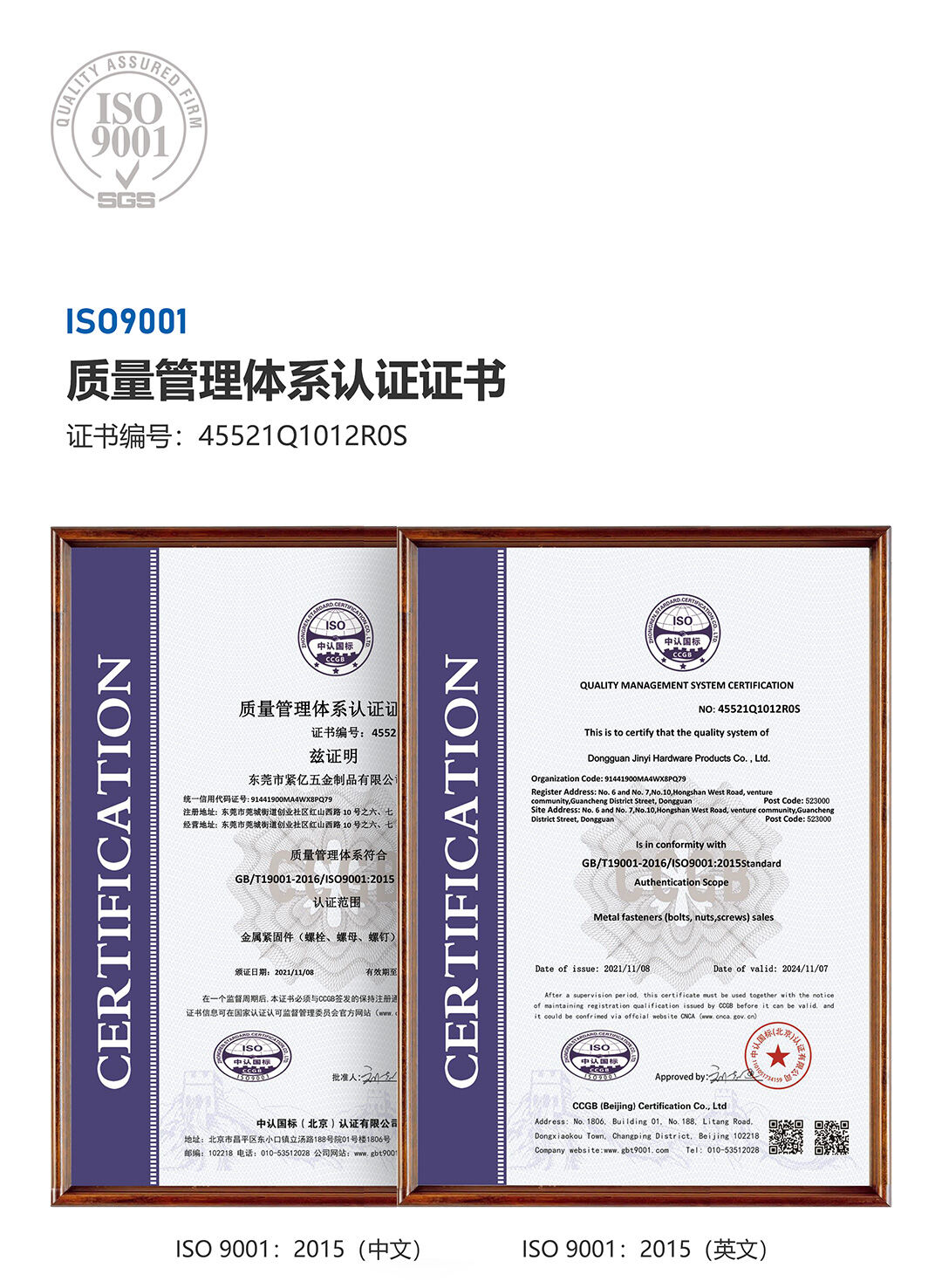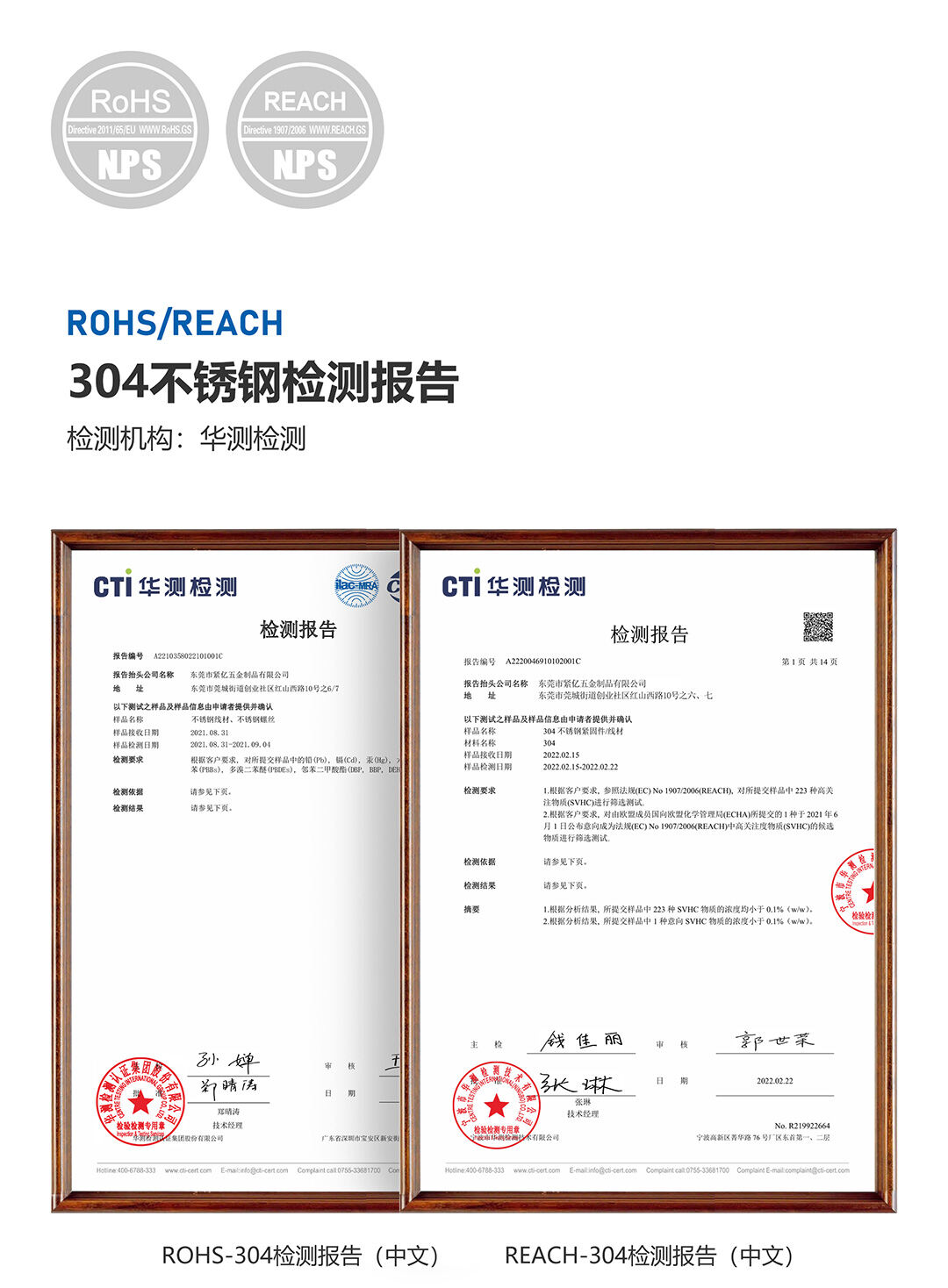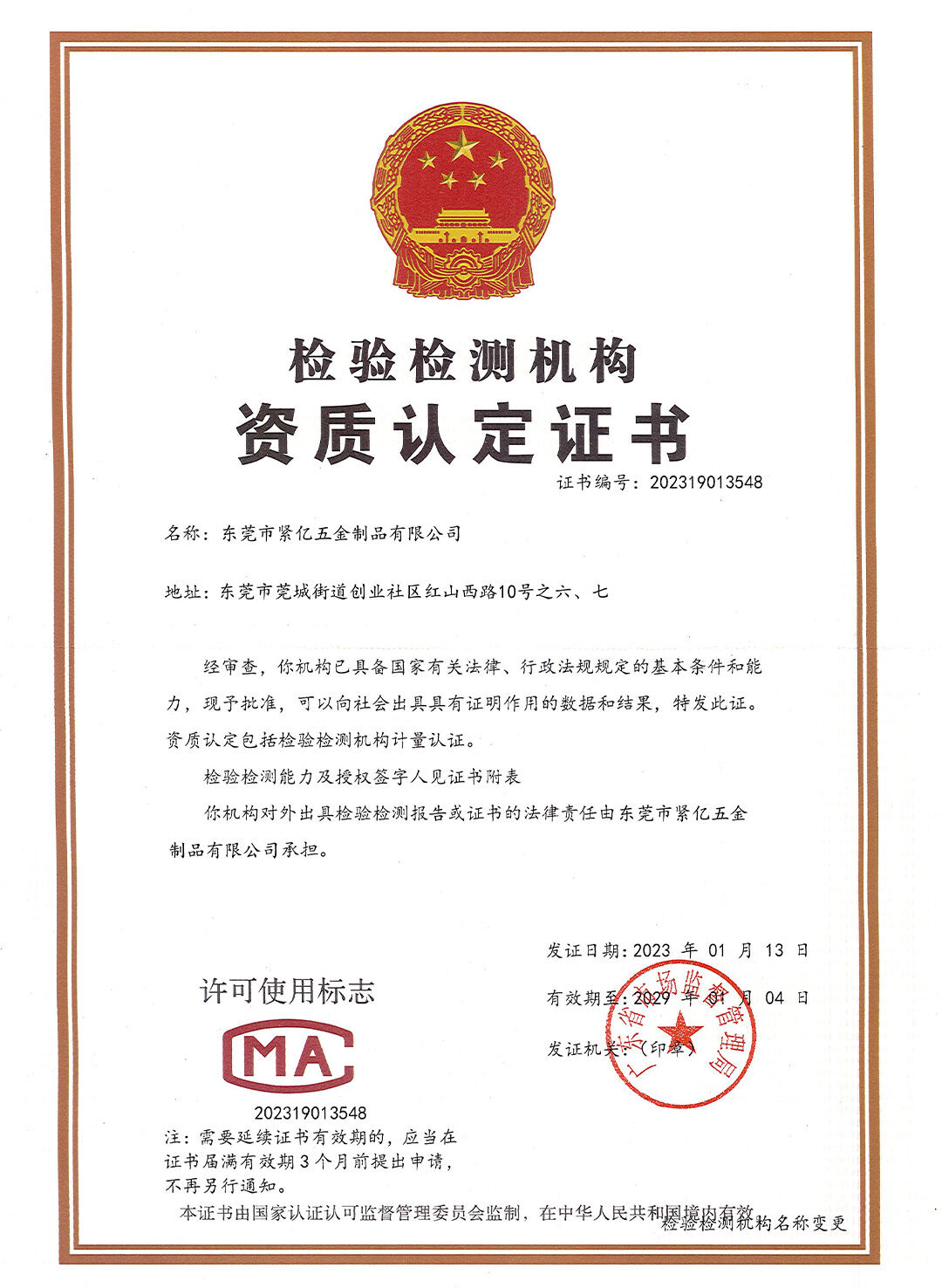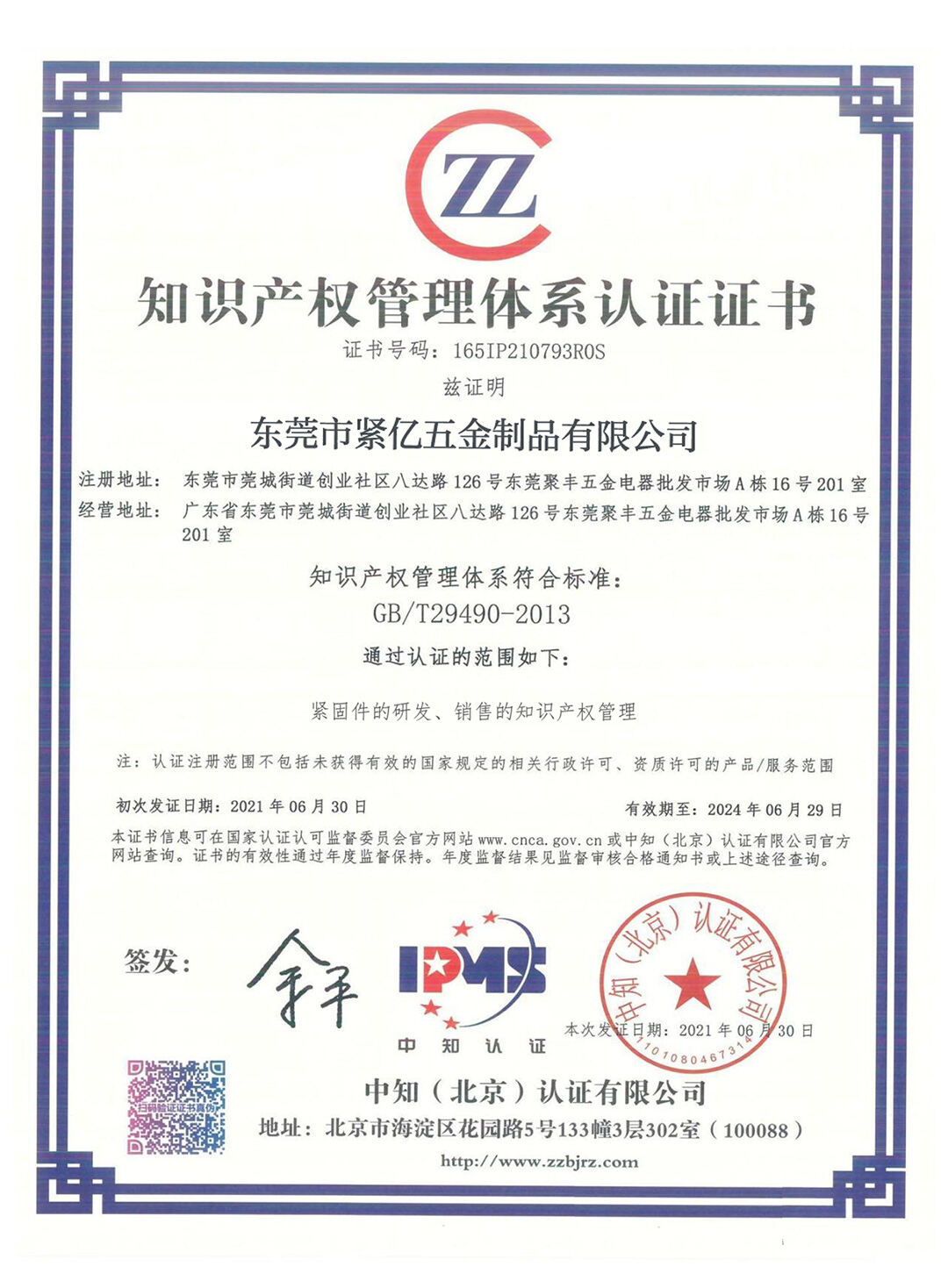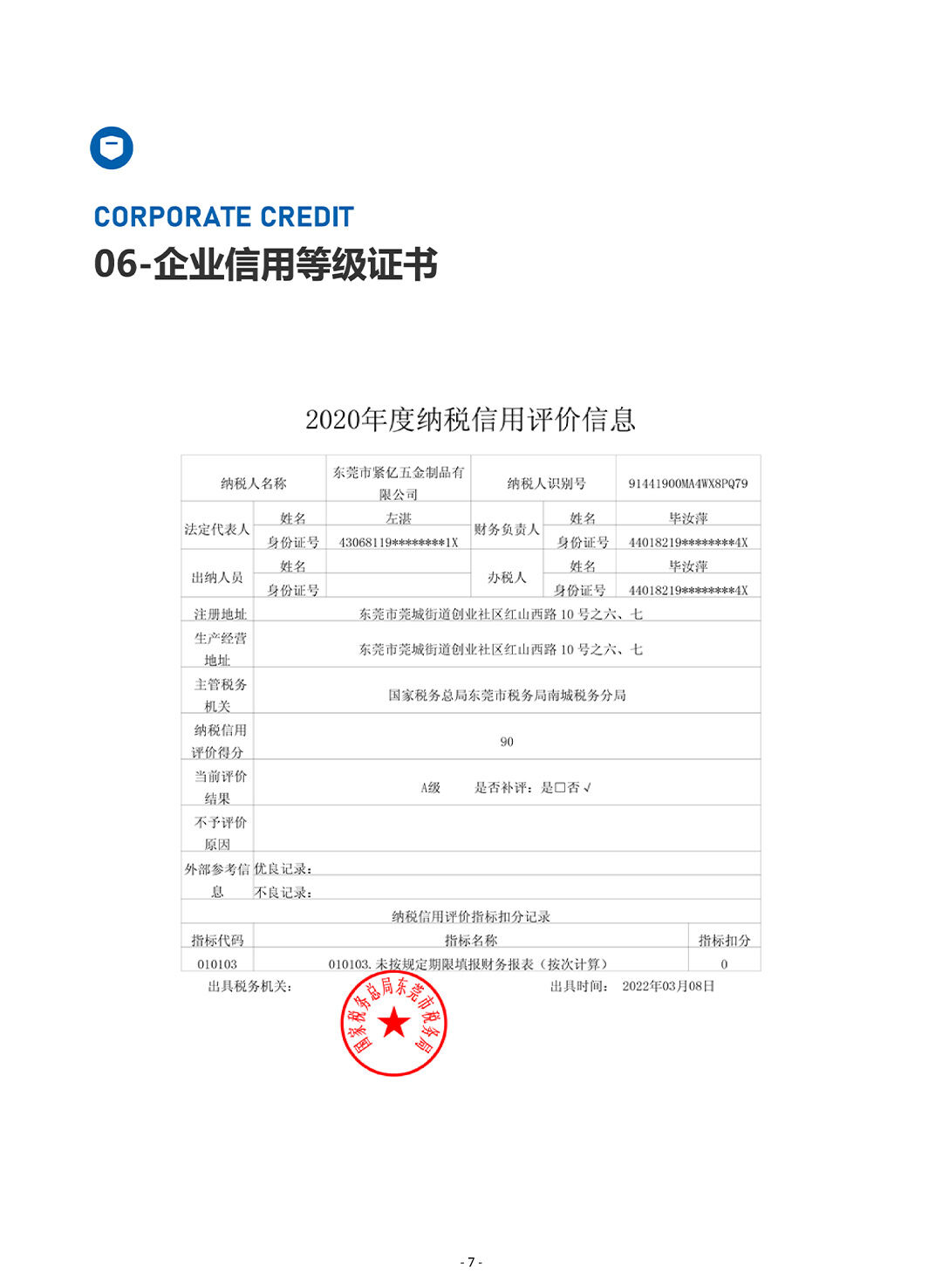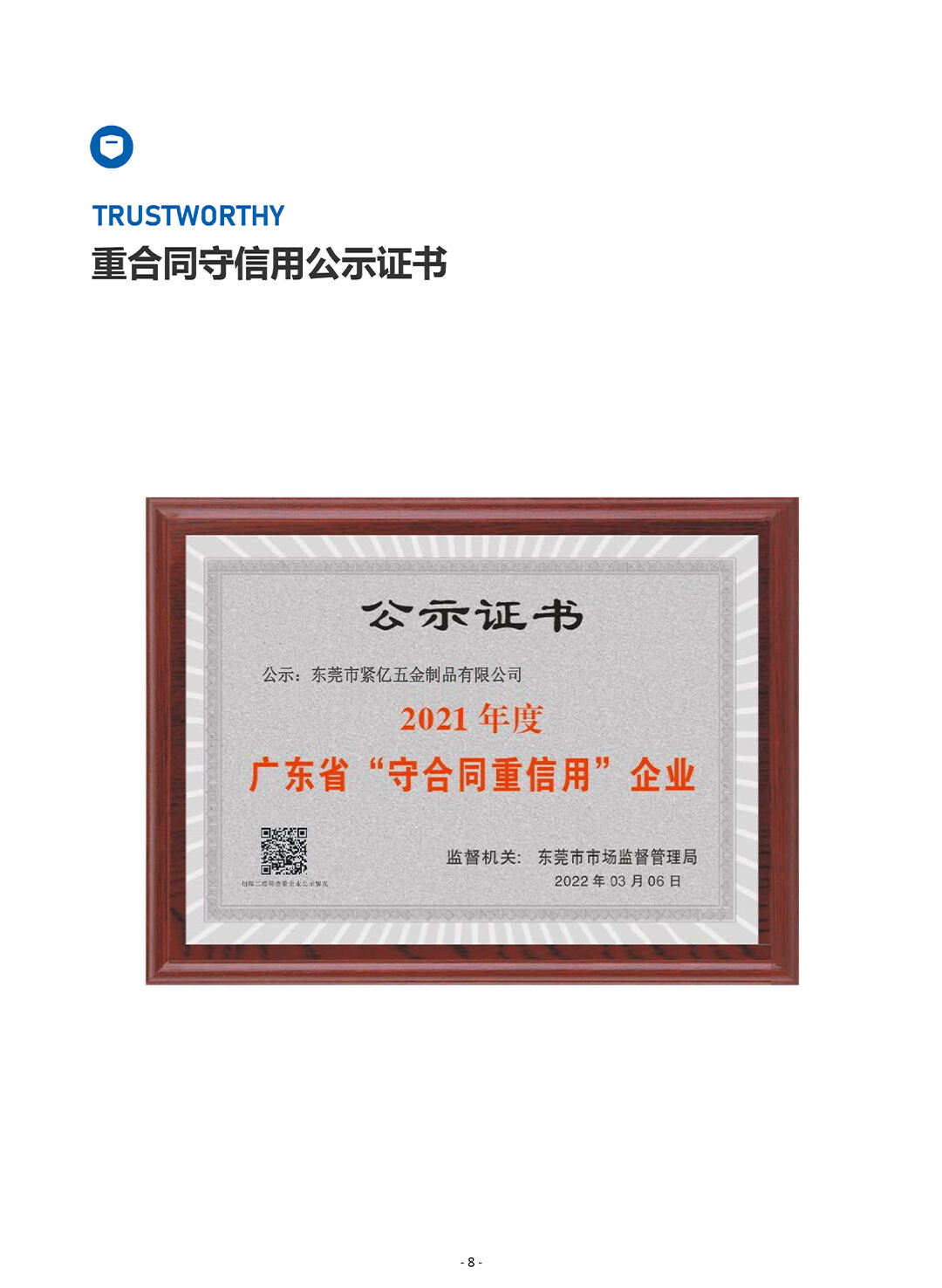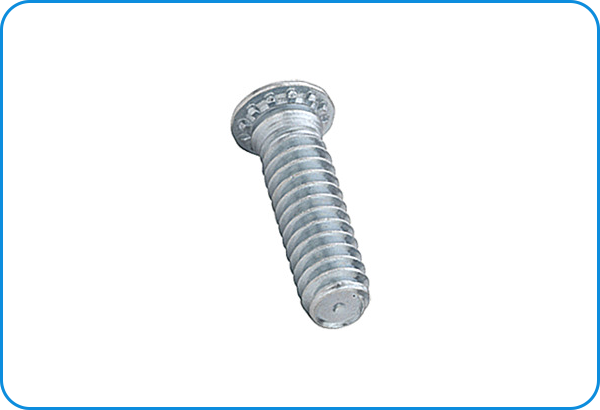FAQ
Precautions for using fasteners
Precautions when using
Important! The proper use of the products listed in this catalog requires professional technical knowledge, especially the relevant knowledge (or application experience) of the standards (such as DIN/ISO, etc.) cited in this catalog.
residual risk
Despite taking all precautions, residual risks still exist. Some of the potential hazards that are not obvious are described below (this is not an exhaustive list).
Fastener strength ≥10.9, surface hardening, electroplating treatment: there is a risk of hydrogen embrittlement!
Reduction of the risk of hydrogen embrittlement (ISO 4042)
If connecting parts are made of steel with a hardness of ≥ 360 HV and are electroplated, there is a risk of failure due to hydrogen embrittlement under tensile stress. Heat treatment (tempering) of components, e.g. after pickling or after metal coating, reduces the risk of cracking. However, it cannot be guaranteed that the risk of hydrogen embrittlement will be completely eliminated. If the risk of hydrogen embrittlement must be reduced, then other coating methods should be considered. Alternative methods or coatings for the corrosion protection of safety-critical components should therefore be selected. Alternatives are for example inorganic zinc coatings, mechanical galvanizing or conversion to rust- and acid-resistant steels.
Elastic elements ≥ 360 HV Electroplated coating: Risk of hydrogen embrittlement! Elastic elements can also be supplied with inorganic coatings or mechanical galvanizing within the technical scope of the manufacturer. Such coating processes can be considered if the possibility of hydrogen embrittlement can be reduced.
Fasteners made of martensitic chromium steel: stress corrosion may occur! Rational use of martensitic chromium steel
(e.g. 1.4110, 1.4116, 1.4122 transformation martensitic materials, ...) Martensitic chromium steels differ from austenitic chromium steels by the higher hardness and strength requirements. Typical areas of application are washers and self-cutting screws. Functional failures may be caused by stress corrosion or brittle fracture due to hydrogen absorption. Austenitic steels are used in preference if the material is to be used under very harsh conditions, such as maritime climate, high humidity, use of cleaning agents, high temperatures and corrosive gases. In addition, martensitic steels have a lower corrosion resistance than austenitic stainless steels.
Fastener strength ≥10.9, surface hardening, electroplating treatment: there is a risk of hydrogen embrittlement!
Reduction of the risk of hydrogen embrittlement (ISO 4042)
If connecting parts are made of steel with a hardness of ≥ 360 HV and are electroplated, there is a risk of failure due to hydrogen embrittlement under tensile stress. Heat treatment (tempering) of components, e.g. after pickling or after metal coating, reduces the risk of cracking. However, it cannot be guaranteed that the risk of hydrogen embrittlement will be completely eliminated. If the risk of hydrogen embrittlement must be reduced, then other coating methods should be considered. Alternative methods or coatings for the corrosion protection of safety-critical components should therefore be selected. Alternatives are for example inorganic zinc coatings, mechanical galvanizing or conversion to rust- and acid-resistant steels.
Elastic elements ≥ 360 HV Electroplated coating: Risk of hydrogen embrittlement! Elastic elements can also be supplied with inorganic coatings or mechanical galvanizing within the technical scope of the manufacturer. Such coating processes can be considered if the possibility of hydrogen embrittlement can be reduced.
Fasteners made of martensitic chromium steel: stress corrosion may occur! Rational use of martensitic chromium steel
(e.g. 1.4110, 1.4116, 1.4122 transformation martensitic materials, ...) Martensitic chromium steels differ from austenitic chromium steels by the higher hardness and strength requirements. Typical areas of application are washers and self-cutting screws. Functional failures may be caused by stress corrosion or brittle fracture due to hydrogen absorption. Austenitic steels are used in preference if the material is to be used under very harsh conditions, such as maritime climate, high humidity, use of cleaning agents, high temperatures and corrosive gases. In addition, martensitic steels have a lower corrosion resistance than austenitic stainless steels.
Interpretation of dangerous graphics
Hazards: Typical properties
May cause respiratory irritation. May cause drowsiness or dizziness. May cause an allergic skin reaction. Causes severe eye irritation. Causes skin irritation. May cause poisoning after single contact. Harms public health and the environment by destroying the ozone layer in the upper atmosphere.
Actions
Avoid skin contact. Use only the amount required. Close container carefully after use.

